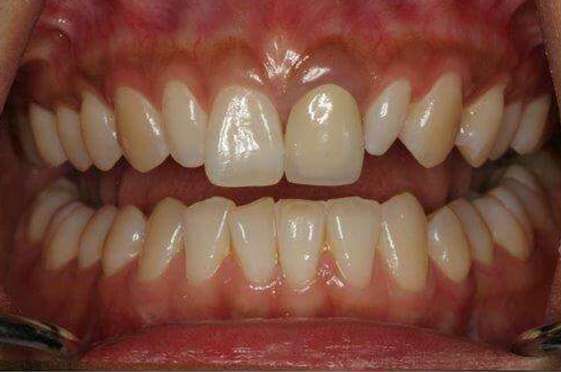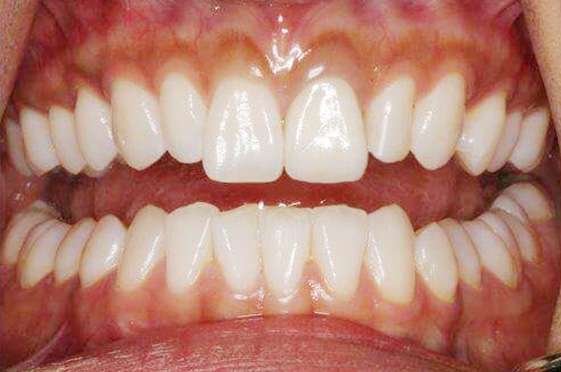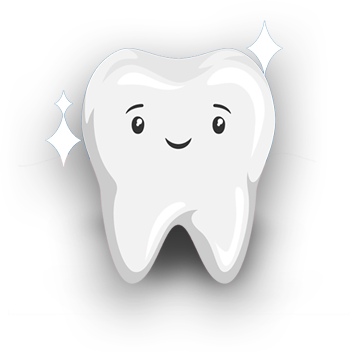An oral check-up and cleaning is a routine dental procedure aimed at maintaining good oral health. During this appointment, a dental professional, typically a dentist or dental hygienist, examines your teeth, gums, and mouth for any signs of dental problems such as cavities, gum disease, or oral cancer.
The cleaning part involves removing plaque and tartar buildup from the surfaces of your teeth and along the gumline. Plaque is a sticky film of bacteria that forms on teeth, and if not removed, it can harden into tartar, which can lead to gum disease and tooth decay. The cleaning process also includes polishing the teeth to remove surface stains and make them smooth.
Overall, a full dental check-up and cleaning are essential for preventing dental issues, maintaining oral hygiene, and ensuring the overall health of your mouth. It’s usually recommended to have these check-ups every six months, but the frequency may vary depending on your individual oral health needs.
For the full dental check up and cleaning in Gurgaon, visit The Dental Cure to keep your smile healthy and bright.


Talk To A Dentist


Wondering What Is Best For You ?
At The Dental Cure, we offer a variety of dental check-ups and cleanings tailored to meet your specific oral health needs:



Q: How often should I have a dental check-up and cleaning?
A: It is generally recommended to have a dental check-up and cleaning every six months. However, the frequency may vary depending on your individual oral health needs.
Q: What happens during a dental check-up?
A: During a dental check-up, the dentist will review your medical history, perform a visual inspection of your teeth, gums, and mouth, and may take X-rays if needed. They will check for cavities, gum disease, and other oral health issues.
Q: Is a dental cleaning painful?
A: Dental cleanings are usually not painful. You may experience some discomfort if there is significant tartar buildup or gum inflammation, but the procedure is generally well-tolerated.
Q: What is the purpose of scaling and root planing?
A: Scaling and root planing are deep cleaning procedures used to treat gum disease by removing plaque and tartar from below the gumline and smoothing the tooth roots to promote healing.
Q: How long does a dental check-up and cleaning take?
A: A routine dental check-up and cleaning typically takes about 30 to 60 minutes. The exact duration may vary based on your individual needs and the condition of your oral health.
Q: What should I do after a dental cleaning?
A: After a dental cleaning, maintain good oral hygiene by brushing twice a day, flossing daily, and following any specific instructions provided by your dentist. Avoid eating or drinking for at least 30 minutes if a fluoride treatment was applied.
Q: Can dental cleanings prevent cavities?
A: Yes, regular dental cleanings help remove plaque and tartar buildup, which can lead to cavities. Combined with good oral hygiene practices, they can significantly reduce the risk of developing cavities.
Q: Will my insurance cover dental check-ups and cleanings?
A: Many dental insurance plans cover routine check-ups and cleanings. It is best to check with your insurance provider to understand your specific coverage.
Q: Why are X-rays sometimes needed during a check-up?
A: X-rays provide a detailed view of your teeth and jawbone, helping to identify issues not visible during the visual examination, such as cavities between teeth, impacted teeth, or bone loss.
Q: What are the benefits of regular dental check-ups and cleanings?
A: Regular check-ups and cleanings help prevent dental problems, maintain oral hygiene, detect issues early, and ensure the overall health of your mouth. They contribute to a healthy, attractive smile and better overall health.


Talk To A Dentist
Get A Callback From An Expert Dentist
Award Winning Dental Clinic
15+ Years Of Experience
1 Lakh+ Smiles Delivered
About Us
The Dental Cure is an award winning dental clinic in Gurgaon, India. which offers world class dental services with the best corporate setup of its kind in the country. The clinic boasts of a very advanced, state-of-the-art infrastructure and qualified staff who believe in providing painless dental treatment to keep you comfortable throughout.
Quick Links
Clinic Locations
Office Hours
Digitally Scaled by 4 Doctor Marketing
Comprehensive Dental Care


Get A Callback From An Expert Dentist